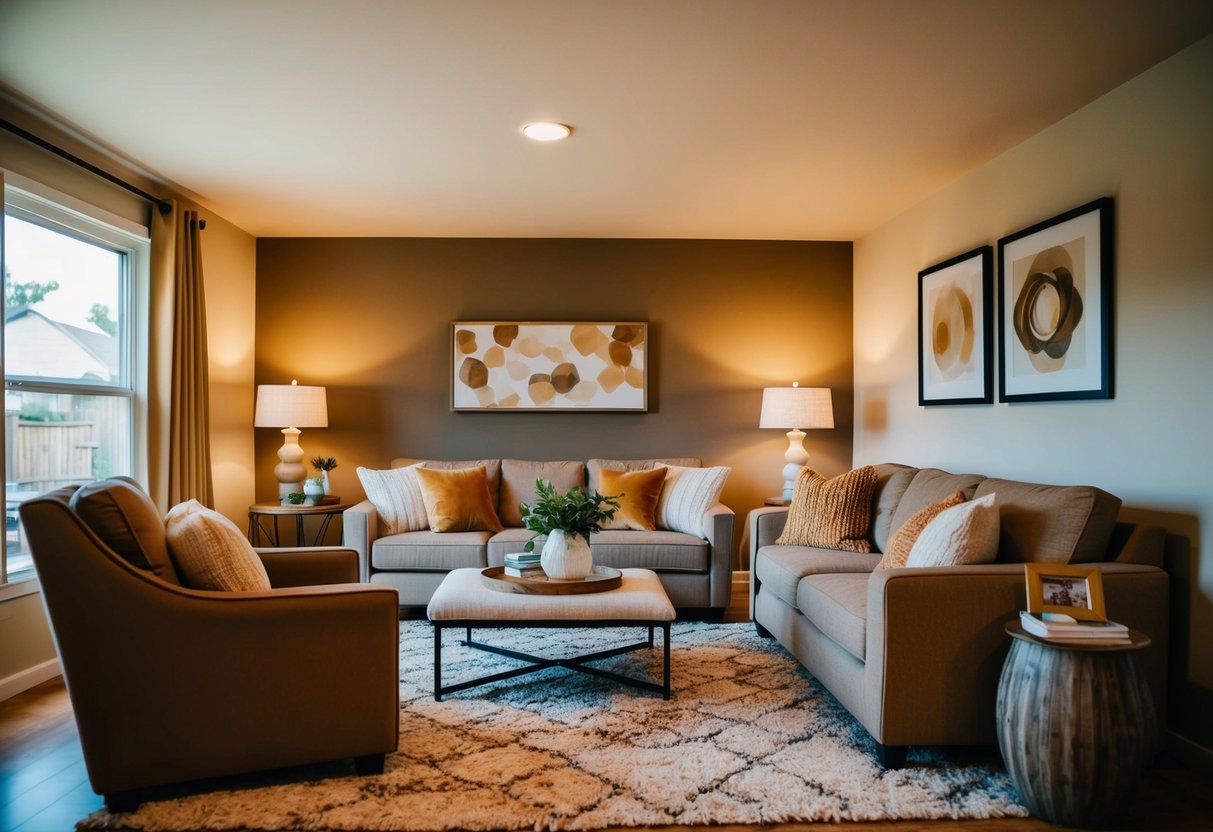Housewarming Guide: Making Any New Space Feel Like Home Instantly
Creating a sense of home in a new space involves blending personal touches with comfort and familiarity. Unpacking boxes and arranging furniture is just the start of this transformative journey. Infusing your unique style and preferences into your living space can work wonders in making it feel inviting and truly yours.
Layering with textures is an easy yet effective method for enhancing comfort. Incorporating soft throws, plush pillows, and cozy rugs brings warmth to any room. Pay attention to lighting as well, since various light sources can create a welcoming atmosphere after a long day.
Personal memorabilia can further personalize your new home. Display cherished photographs, beloved books, and meaningful collectibles to create a space that reflects who you are. This not only beautifies your surroundings but also strengthens the emotional connection between you and your new environment.
First Impressions: Setting the Tone With Home Decor

Creating an inviting atmosphere in a new home starts with thoughtful interior design choices. Colors, lighting, art, and furniture arrangements all contribute to an environment that reflects the personality and style of the occupants.
The Role of Color and Light
The selection of colors can significantly influence the feel of a space. Soft, neutral tones create a calming environment, while vibrant hues inject energy and personality. It’s important to consider not only paint colors but also how they interact with natural and artificial light. This interplay can alter the perception of space throughout the day. Using strategic lighting fixtures enhances these effects, making rooms feel larger and more welcoming.
Layered lighting, combining overhead, task, and accent lighting, brings depth to a room. This approach allows for adjustments based on different times of the day or different activities. Natural light should also be maximized by using sheer curtains or strategically placed mirrors to reflect and amplify sunlight.
Choosing Art and Gallery Walls
Art is a powerful tool in home decor, capable of adding character, color, and personal flair to any room. Selecting pieces that resonate with personal tastes enriches the atmosphere. A gallery wall, composed of a curated collection of art pieces, photographs, or decorative objects, serves as an eye-catching focal point in any room.
When assembling a gallery wall, mixing frame styles and sizes adds visual interest. Maintaining a cohesive theme or color palette ties the collection together, ensuring it complements existing decor. The placement should consider the room’s natural focal points for maximum impact. Proper hanging techniques are also crucial, typically aiming for the center of the collection to be at eye level.
Strategic Furniture Placement
Furniture arrangement is key to both aesthetics and functionality. The layout should facilitate easy movement and conversation, creating a welcoming environment. Ensuring essential pathways are unobstructed and allowing for comfortable spacing between pieces improves accessibility and usability.
A focal point, such as a fireplace or window, helps anchor the furniture arrangement, giving the space structure. Establishing zones for different activities, like a reading nook or an area for socializing, personalizes the space. Each piece should contribute to a balanced look, enhancing both the room’s style and its practicality. The right choices in furniture placement give a sense of order and harmony.



